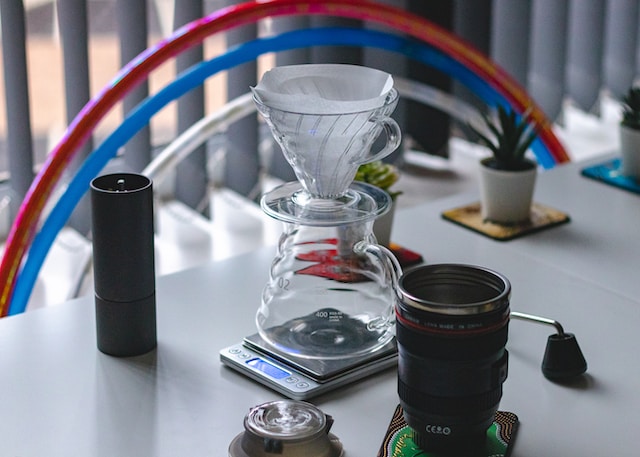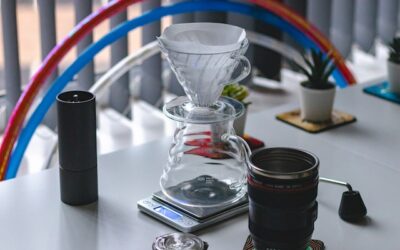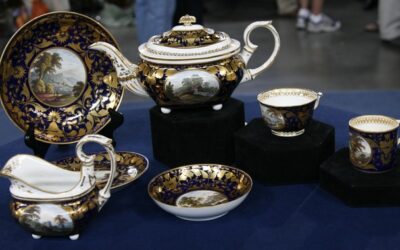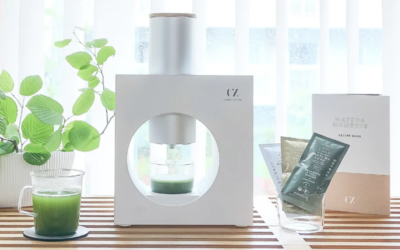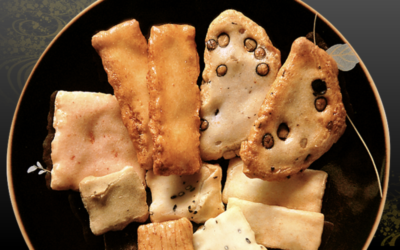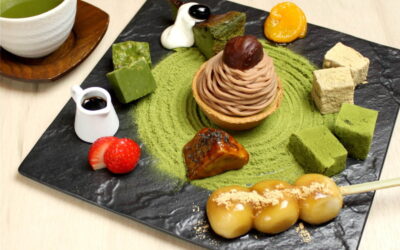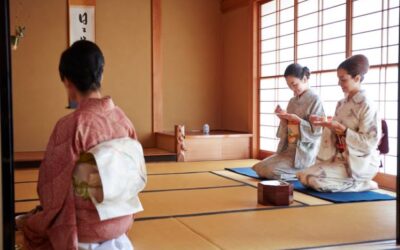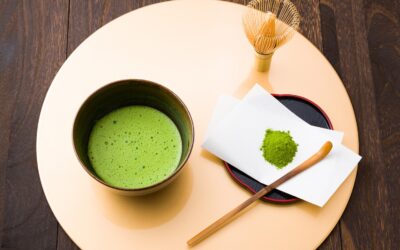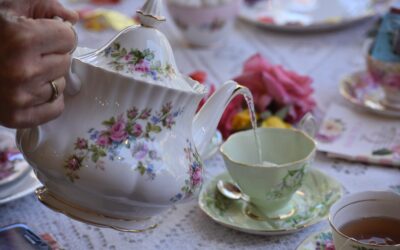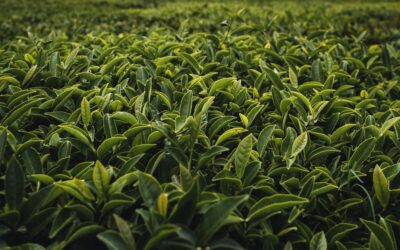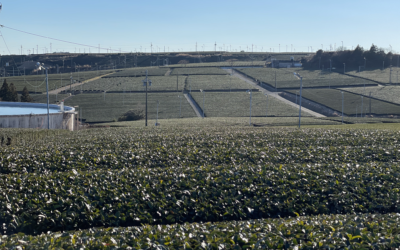The beverage which are loved and drunk by people all over the world is Coffee. “The Specialty Coffees”, which beans with unique flavor profiles is produced by special geographic microclimates, have improved the status and value of coffee.
A Japanese Unique Culture Supporting Specialty Coffee
The Change of Specialty Coffee
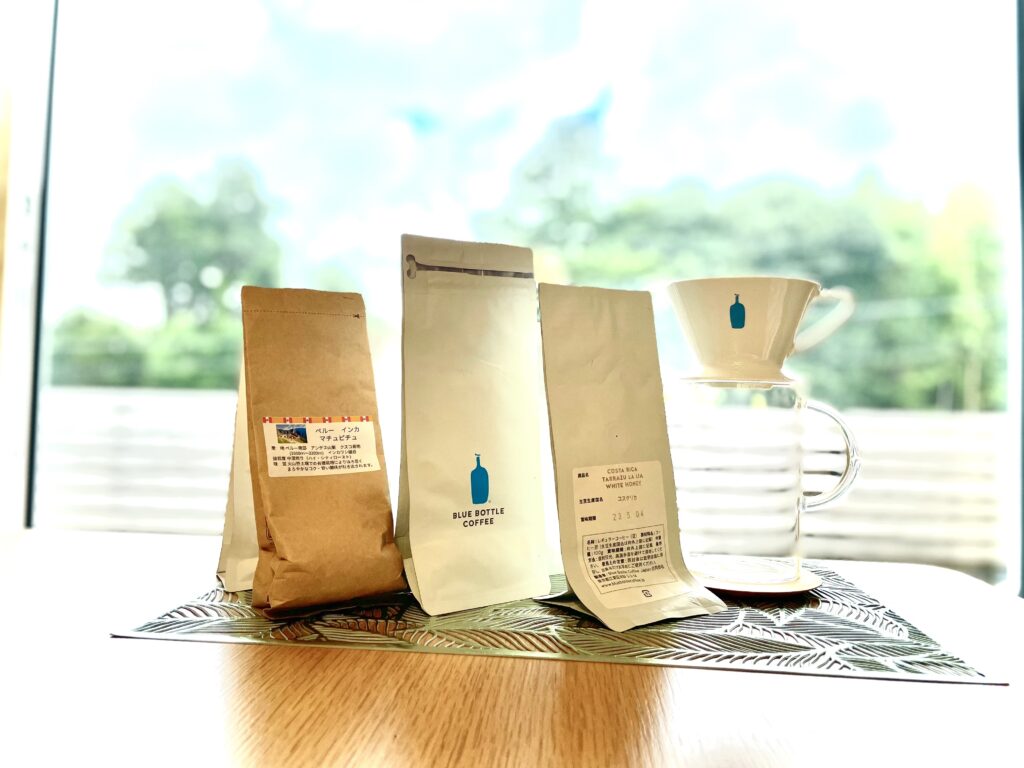
The Change of Specialty Coffee
The origin of the term ‘specialty coffee’ is that it was first coined by Erna Knutsen, of Knutsen Coffee Ltd., in a speech to the delegates of an international coffee conference in Montreuil, France, in 1978. In essence, the concept was quite simple: special geographic microclimates produce beans with unique flavor profiles, which she referred to as ‘specialty coffees.’ (Quote: Specialty Coffee Association)
In the early 1970s, the United States, the largest consumer of coffee, was in the center of a bulk market with mass production and mass consumption and needed to import many products to meet the enormous demand. With no exception to this trend, coffee was also forced to be supplied with mass quantity rather than good quality. In a result, a glut of bad coffee on the market led to a loss of value and consumer interest in them.
In this crisis, there was a growing momentum among coffee roasters in many countries to reclaim coffee as an attractive beverage for consumers. Contrary to the large amount of cheap coffee available in the market, They dared to supply coffee with high prices and attractive flavor profiles and tried to ask the market for the presence.
They also created a new system that agents visit farms in coffee-producing countries, pay a premium against producing the high-quality coffee they demand, and then educate these farmers on the new quality standards demanded by the consuming countries. This approach inspired their motivation, which led to the research and development of new varieties, soil, and fertilizer, and production processing methods.
In addition, auction programs, such as the Cup of Excellence, provided an opportunity for roasters and coffee farmers to come into contact with each other, leading to direct trade during them. The continuity of these relationships further has evolved the concept of specialty coffee “From Seed to Cup”, along with its diversity.
Everywhere Good Coffee Taste in Japan
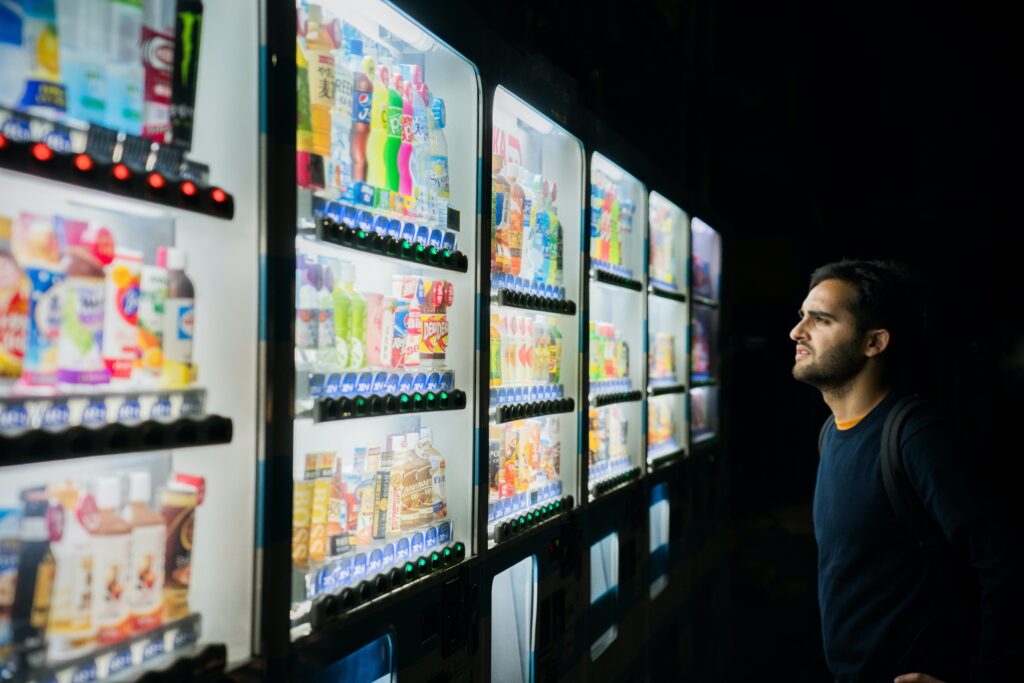
Currently, Japan is the fourth largest coffee-consuming country in the world after the EU, the U.S, and Brazil. In this country, you can buy and enjoy coffee everywhere. In cafés, such as Starbucks, Blue Bottle, and others, you can order coffee from your favorite origin with sweets and savor it slowly on your seat while talking something with your friends.
If you want a cup of coffee while driving, you should just go to a convenience store. Ordering a cup of coffee there, you could receive an empty cup. After carrying it in front of a machine and setting it, you will be able to get a cup of freshly ground coffee. If you want while working, you should seek vending machines. You will be able to find a lot of “Canned Coffee” soon. If you are lucky, you might see “freshly ground coffee vending machines”.
In each of these cases, you will be able to drink good taste coffee above a certain level. It is now well-known in the world that the Japanese commit to the taste of foods deeply. Since the Japanese food “Washoku” was inscribed on the World Intangible Cultural Heritage list in 2013, it has been admired all over the world. And many visitors to Japan are amazed at how good the food is there. However, the coffee taste might have a historical background different from theirs.
Unique Coffee Culture “Kissa”
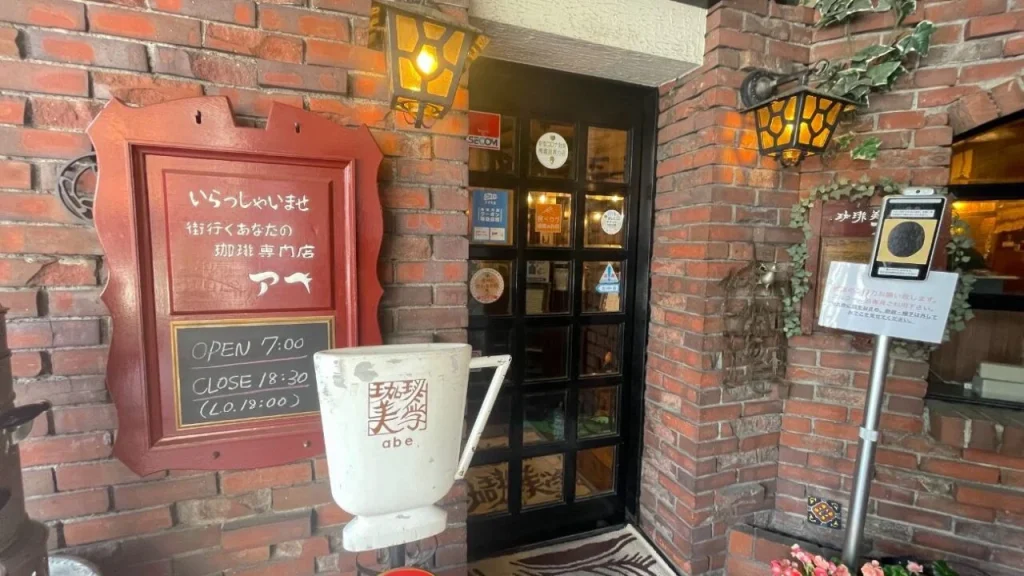
Kissa Abe, in Matsumoto city, is selling original coffee beans in this shop.
Japan has had a unique spread of coffee-consuming different from Europe and the U.S. First, coffee spread in Japan began about two centuries later than in Europe, because Japan’s isolationist system “Sakoku”, had restricted the ports where foreign ships could arrive and controlled overseas trade for more than 200 years from the time coffee became popular in Europe. It was not until after the opening of Japan to the outside world in 1854, “Kaikoku” that the spread of coffee began in earnest.
In particular, after the end of the Edo period in 1868, Japan began to westernize itself rapidly and also encouraged talented young people to study in Europe and the U.S. Some of them were fascinated by the cafe culture in Paris, where many intellectuals and artists gathered, and upon their return to Japan, they opened cafes like Paris one after another.
However, those cafes were categorized into two styles different from their ideals gradually. One was the “Bar” style, and the other one was the “Kissa” style. The former one is that hostesses entertain the guests by serving drinks and talking together. This style is said to have created the current Roppongi, the most famous nightlife district in Tokyo, which has a lot of nightclubs.
The latter one is a shop that serves coffee or other soft drinks, and snacks. This style’s shop can provide places for regional people to take it easy with socializing or using their own time. Now, “Kissa” has a lot of types, such as “Jazz Kissa”, “Manga Kissa”, and “Maid Kissa” which can entertain us in a variety of ways, but originally, to win others, they have pursued the taste of coffee by finding their unique way of coffee extraction, furthermore, buying beans as a vendor.
Coffee Extraction is a Leading Actor in the Kissa Shop
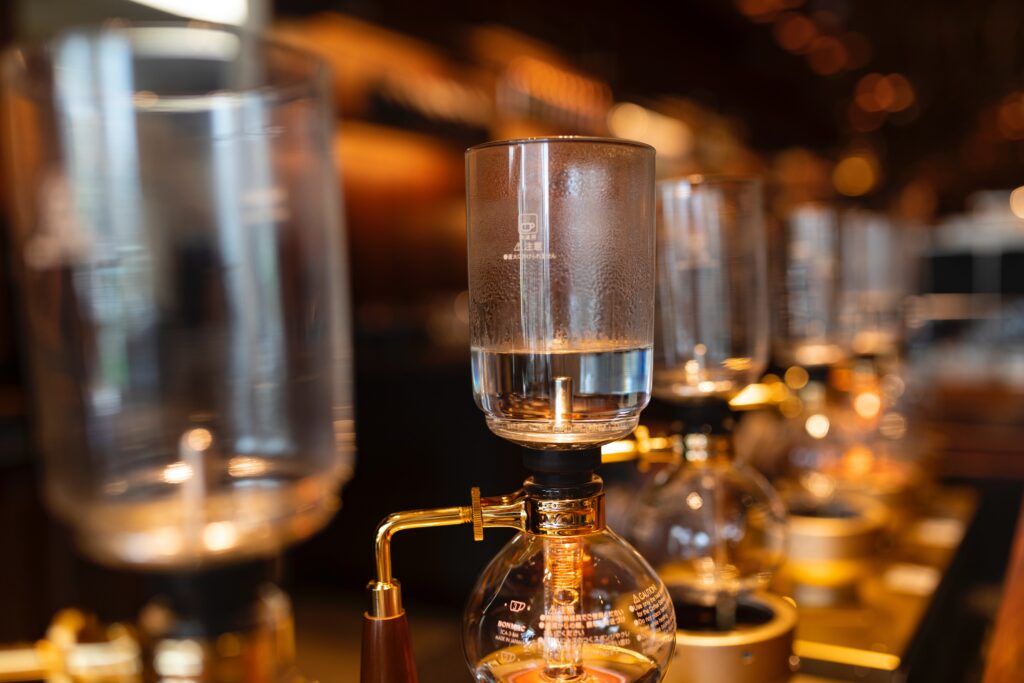
There was a reason that they had to master their original coffee extraction. In the 1970s, a lot of Kissa shops opened in Japan. It is said that as many as 8,000 shops opened in a single year and many of them were self-employed. It is easy to imagine that it was difficult for them to procure coffee beans, especially good quality. In addition, they had to compete for their own survival against a lot of Kissa shops that grew in number each year.
Therefore, they chose to master their own coffee extraction methods and serve their original taste. In fact, it will be so rare around the world that such self-employed attach their mind to mastering coffee extraction. It could be imagined that the craftmanship, which the Japanese people have kept from the ancient era, has driven their own souls.
The coffee utensil which was particularly loved to use by them is called a “Siphon”, which can extract coffee by moving hot water with the difference of vapor pressure. Since this utensil was developed by Robert Napier, Scotland, this has been independently improved in Japan. So, this method of coffee extraction, using the “Siphon”, is called the Japanese style” now.
As you can see in this movie, the coffee extraction by siphons can appeal to our five senses greatly. This was enough to attract guests as entertainment. In this way, in Japan, there was a platform to be able to accept the “Specialty Coffee” earlier than the time the term was born.
The World Barista Championship, from 2000, and the World Brewers Cup, are events that have helped to raise the profile of coffee baristas and stimulate demand for specialty coffees. At these major competitions, Some of the coffee utensils used by the baristas representing their countries were made by a certain Japanese glass manufacturer, which products have also preserved Japan’s Kissa culture for a long time. It is “HARIO“.
HARIO Supporting Professional Tastes
Coffee Dripper V60 Recognized by World Baristas
The Hario’s V60, launched in 2005, is a paper dripper aiming to reproduce the coffee taste of the flannel drip easily. This dripper has three features that should be mentioned. Since Michael Philips, the winner of the World Baristas Championship in 2010, used this coffee utensil, V60 has had a great deal of attention.
This dripper has three features that should be mentioned. The first is the shape of the cone. This shape can flow the hot water to the center evenly by forming a deeper layer of coffee powder than a conventional fan’s. The more the hot water touches the coffee powder, the more coffee oil, the source of good taste, can be extracted.
The second is a single large hole on the bottom. Without limit to the hot water pouring out, you can extract coffee oil as same as flannel drips. In other words, you can adjust the taste of your coffee by the speed at which the hot water is poured.
Finally, the third is the inner ribs, which extend from bottom to top with a unique spiral shape. The steaming coffee powder is to remove carbon dioxide gas generated from them. These ribs make a space between the paper and the dripper to avoid interfering with the expansion of the coffee powder at the steaming.
This system, by keeping the path of the gas, can bring more hot water and coffee powder into contact with each other and extract more of the coffee’s flavor components, as called coffee oil. By the way, it is said that the origin of the name “V60” comes from the angle of this extraction opening.
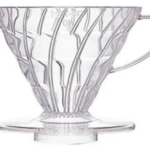
HARIO V60 Dripper
Size/Capacity: Width 137mm, Depth 116mm, Height 102mm Diameter 116mm For 1 to 4 cups
Availability: Super Delivery(Wholesale)
Originated to manufacture Laboratory Glassware

Hario was founded in Japan in 1921 as a company manufacturing heatproof glasses and is the only manufacturer with a heatproof glass factory in Japan. This name came from the King of Glass, “玻璃王(Hari-Oh)”.
Initially, they manufactured and sold laboratory glassware, which you might have experienced using, such as flasks, measuring cups, and funnels in physics and chemistry laboratories at your schools or companies. In fact, these instruments need to have durability and environmental resistance suitable for handling various chemicals.
In addition to this, they had acquired heat resistance that can withstand temperature differences of 120℃ and can be used in microwave ovens, clear transparency, and hygienic properties that can prevent color and odor transfer, and registered the glass with these characteristics as HARIO Glass®.
After that, in 1948, they began making coffee siphons by taking advantage of the properties of heatproof glass and their refined glass processing techniques, they have expanded into a wide range of popular home products made from various materials.

